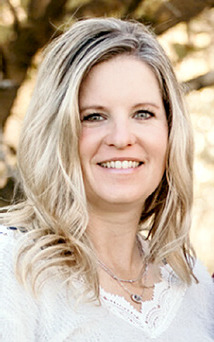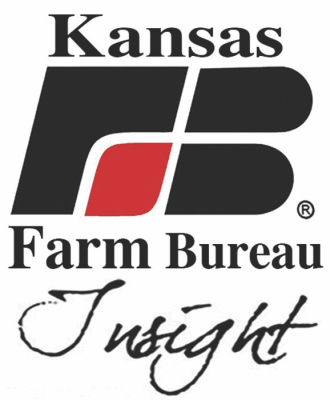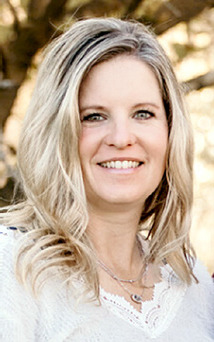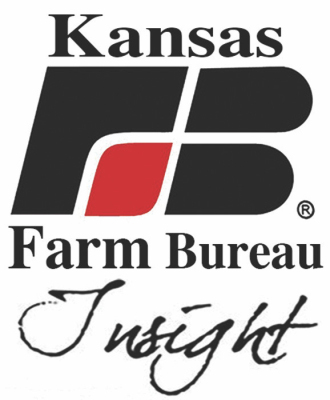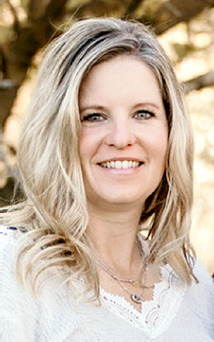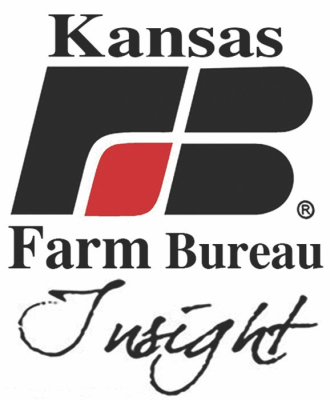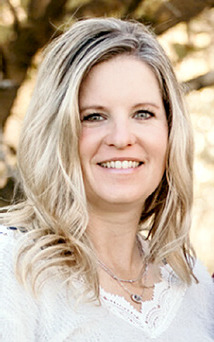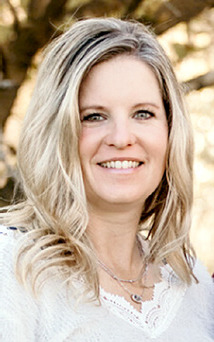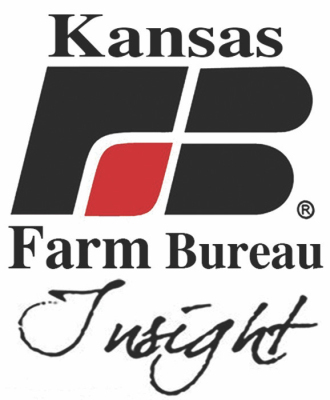Body
Beef Cattle Management Considerations for December Cow Herd Management— If not already done, take inventory of and test harvested forages for the following: moisture/ dry matter, crude protein, energy (NEm, NEg, and/or TDN), fiber components (ADF and NDF), macro-minerals (calcium, phosphorus, magnesium, potassium, and salt), nitrates and/or prussic acid, when appropriate starch for silage crops. Calculate forage needs based on herd inventory, cattle weight, and days, and develop a plan to ensure adequate harvested forage is available if grazing is limited. (https://www. agmanager.info/hay-inventory- calculator.) Body condition score cows to develop informed supplementation strategies (spring and fall-calving herds.) Targeted BCS at calving: 5 for mature cows, 6 for young females (2, 3, & 4 year olds). Record scores with the BCS Record Book from K-State Research and Extension. (https:// bookstore.ksre.ksu.edu/ Item.aspx?catId=562&pubId= 19320) Consider utilizing crop residues for late-fall and winter grazing needs. Assess down grain in the field and be aware of nitrates and prussic acid (around the time of frost for sorghums.) For spring-calving cow herds: Schedule pregnancy checking if it is not already done. How were pregnancy rates relative to last year? Do we need to rethink the fall/winter nutrition program? For fall-calving cow herds, plan to adjust your nutrition program to match the needs of lactating cows. Use the estrus synchronization planner (https:// www.iowabeefcenter.org/ estrussynch.html) to help plan synchronization protocols. Review your marketing strategy for culling cows. Cows with a BCS greater than 6.0 will likely sell well with current market prices. Look for opportunities to increase value by adding weight before market. Ensure bulls undergo breeding soundness exams before fall/ winter service. Manage young and mature bulls during the offseason to ensure bulls have a BCS greater than 5.0 prior to the next season of use.



